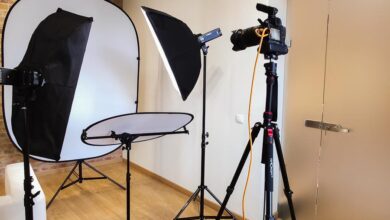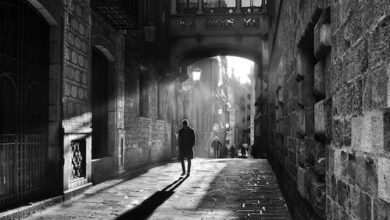Best Lenses for Wildlife Photography: Unlocking the Wilderness
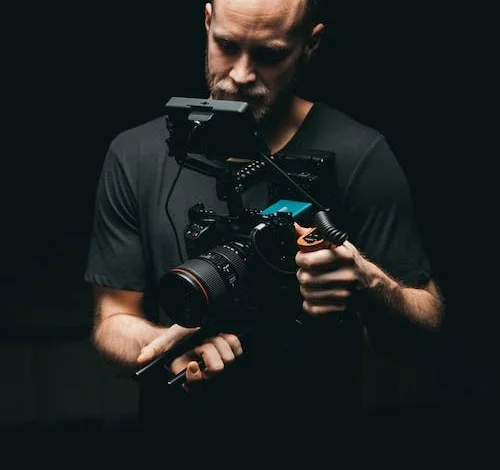
Introduction:
Best Lenses for Wildlife Photography Embarking on a journey into the heart of wildlife photography is an exhilarating pursuit, capturing the raw essence of nature’s inhabitants. Amidst this thrilling expedition, selecting the right lens becomes paramount, acting as a window to the untamed world. From majestic lions prowling the savannas to vibrant birds soaring through the skies, the lens you choose can make all the difference in immortalizing these moments. Let’s delve into the realm of wildlife photography lenses, exploring the best options and their unique attributes.
Environmental Considerations:
Wildlife photography often involves shooting in diverse and challenging environments. Whether trekking through dense forests, navigating wetlands, or enduring extreme temperatures in arid landscapes, the lens must withstand these conditions. Weather-sealed lenses provide a level of protection against dust, moisture, and temperature fluctuations, ensuring reliability even in harsh settings.
Autofocus Performance:
The ability of a lens to swiftly and accurately focus on fast-moving subjects is critical in wildlife photography. Advanced autofocus systems with quick and precise tracking capabilities are essential. Look for lenses equipped with high-quality autofocus motors and advanced focus algorithms that can lock onto subjects swiftly, ensuring that you capture those fleeting moments without missing a beat.
Weight and Portability:
Wildlife photography often involves long hours of hiking and maneuvering into position to get the perfect shot. The weight and portability of the lens play a significant role in the photographer’s comfort and mobility. While larger telephoto lenses offer unparalleled reach, they can be cumbersome to carry for extended periods. Balancing between reach and portability is essential for a seamless shooting experience.
Compatibility and Adaptability:
Consider the compatibility of the lens with your camera body and any potential adaptors or converters. Some lenses might offer versatility by being compatible with various camera systems or allowing the use of teleconverters to extend their reach. Understanding these options can expand your lens’s capabilities and adaptability to different shooting scenarios.
Best Lenses for Wildlife Photography:
-
Canon EF 100-400mm f/4.5-5.6L IS II USM:
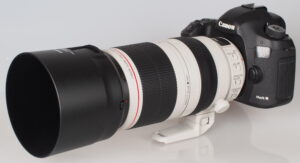
- Renowned for its versatility, this zoom lens provides a broad focal range, ideal for various wildlife scenarios. Its image stabilization and relatively compact size make it a popular choice among photographers.
-
Nikon AF-S NIKKOR 200-500mm f/5.6E ED VR:
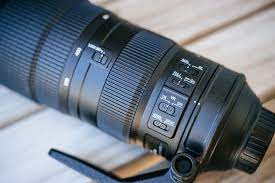
- This Nikon offering combines a long reach with impressive image quality and vibration reduction, making it a go-to option for capturing distant subjects without compromising sharpness.
-
Sigma 150-600mm f/5-6.3 DG OS HSM | Contemporary:
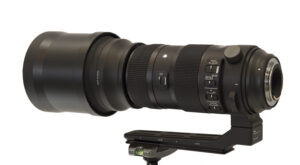
- Known for its affordability without compromising quality, this Sigma lens offers a vast zoom range, making it a popular choice for enthusiasts venturing into wildlife photography.
Specialized Features:
Certain lenses come with specialized features tailored for wildlife photography. These could include customizable function buttons for quick adjustments, focus range limiters to enhance autofocus speed, or specialized coatings to reduce glare and maintain image quality in challenging lighting conditions. Evaluating these additional features can significantly enhance the shooting experience.
Budget Considerations:
While investing in high-end lenses can offer unparalleled image quality and performance, there are also excellent mid-range options available. Assessing your budget and finding a lens that strikes a balance between performance and affordability is crucial. Sometimes, a slightly older model of a lens can offer great value without compromising significantly on quality.
Closing Thoughts:
Selecting the best lens for wildlife photography is a process that involves considering various technical specifications, environmental factors, and personal preferences. The ideal lens may differ for each photographer based on their shooting style, subjects of interest, and budget constraints. Ultimately, the chosen lens should complement the photographer’s vision, enabling them to capture the captivating beauty and essence of wildlife in its natural habitat.

